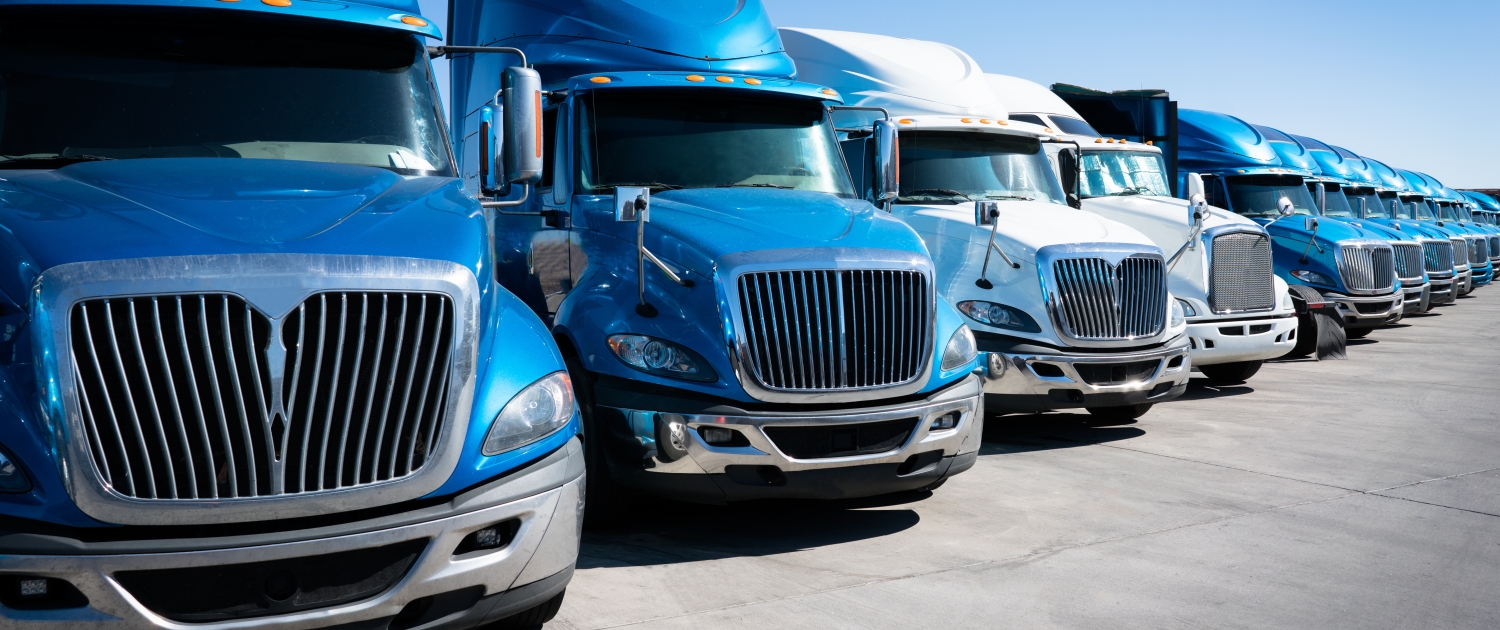 As it stands right now, 91% of all truck drivers on the road are company drivers. Since these drivers make up such a huge part of the industry, it’s important to know the pros and the cons of being one. Here’s everything you need to know about being a company driver.
As it stands right now, 91% of all truck drivers on the road are company drivers. Since these drivers make up such a huge part of the industry, it’s important to know the pros and the cons of being one. Here’s everything you need to know about being a company driver.
What is a Company Driver?
A company driver is a truck driver who works under the authority of someone else, usually a trucking carrier or private company.
How much do Company Drivers Make?
There’s no set salary for a company driver. It all depends on your experience, your location, and what you haul. That being said, there’s a rough estimate that the average company driver in the US makes around $65,000 a year. But don’t get too attached to that number, it can be higher or lower based on the factors mentioned above.
Pros of Being a Company Driver
Great for Beginner Drivers
If you’re just starting out in trucking, it’s almost a certainty that you’ll be a company driver at first. These jobs are a great way to learn the ropes as a driver without having all the financial risk of being an owner operator.
Benefits Packages
Health insurance isn’t cheap. As a company driver, you’ll more than likely be able to buy into a health insurance plan offered by your carrier. This means that you can rest easy knowing that you and your family are covered for medical expenses at a reasonable rate.
Low Risk
As a company driver, there’s little financial risk involved. You don’t have to worry about costs, accounting, and the overall financial health of the carrier you work for. You show up, drive, and collect your paycheck.
Your home time is yours as well. You’re not spending your free time worrying about cutting your costs or finding the best insurance policy.
Cons of Being a Company Driver

Less Money… Usually
It’s not a secret that on average, owner operators will make more than company drivers. Instead of the carrier handing you your slice, the whole pie is handed from the customer directly to you.
Take this con with a grain of salt though. While it’s possible to make a lot of money as an owner operator, you need business savvy as well.
When you’re a company driver, you have little to worry about aside from getting your haul from point A to point B. As an owner operator, you’re not only doing that but running your own business as well. You need to think about all your costs, including insurance, healthcare, fuel, and more.
There’s even the possibility that you could be doing everything right as an owner operator, but get blindsided by a hit to the freight market like we saw post-COVID. This is why many drivers spend their whole careers as company drivers. Less money, but less risk as well.
Less Control
As a company driver, you have little control over what you haul or where you’ll go. Sure, you have options when you’re looking for a job, but once you start, you’re bound to what the boss man tells you.
This control can sometimes go beyond telling you what to haul and when to haul it. Carriers can put driver-facing cameras inside your cab while you’re driving, put speed limiters on the truck’s engine, and have GPS systems that track every turn the truck makes.
While some drivers won’t mind this oversight, others might and begin to think about their options setting out on their own as an owner operator.
The bottom line is that if you’re still relatively new to trucking, it’s best to stay as a company driver. Once you feel like you have enough experience under your belt and are financially ready to purchase a truck, then it’s time to consider making the switch.
If you’re looking for a new job as a company driver, consider making a free profile with Drive My Way. We match both CDL and non-CDL drivers with jobs that match their qualifications and lifestyle preferences.
Looking for a new CDL Job?
Drive My Way matches you with a job based on your preferences like pay, home time, touch level, and more.




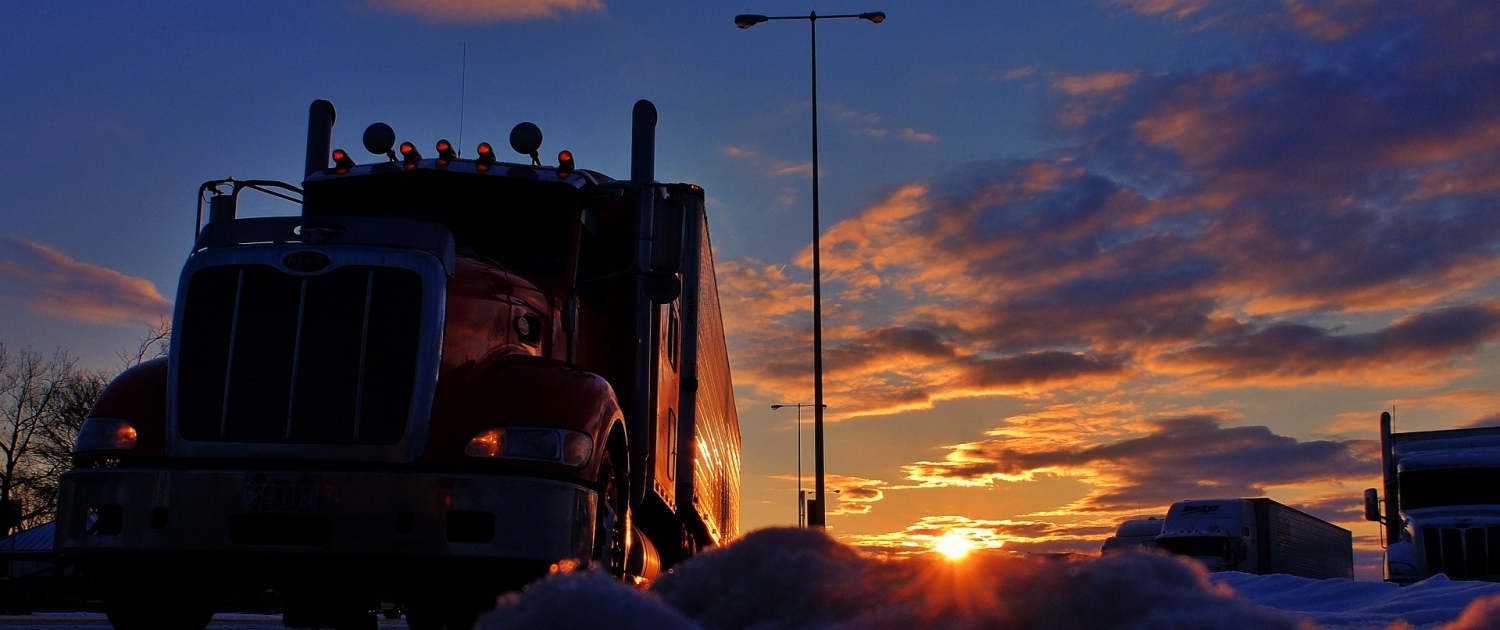
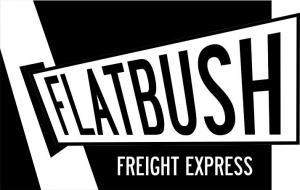
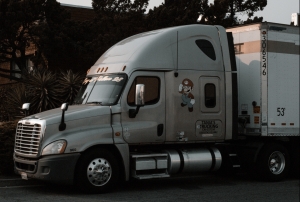
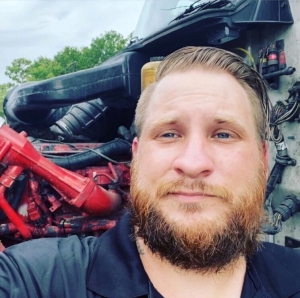
 Comprehensive CDL Recruitment Solutions
Comprehensive CDL Recruitment Solutions
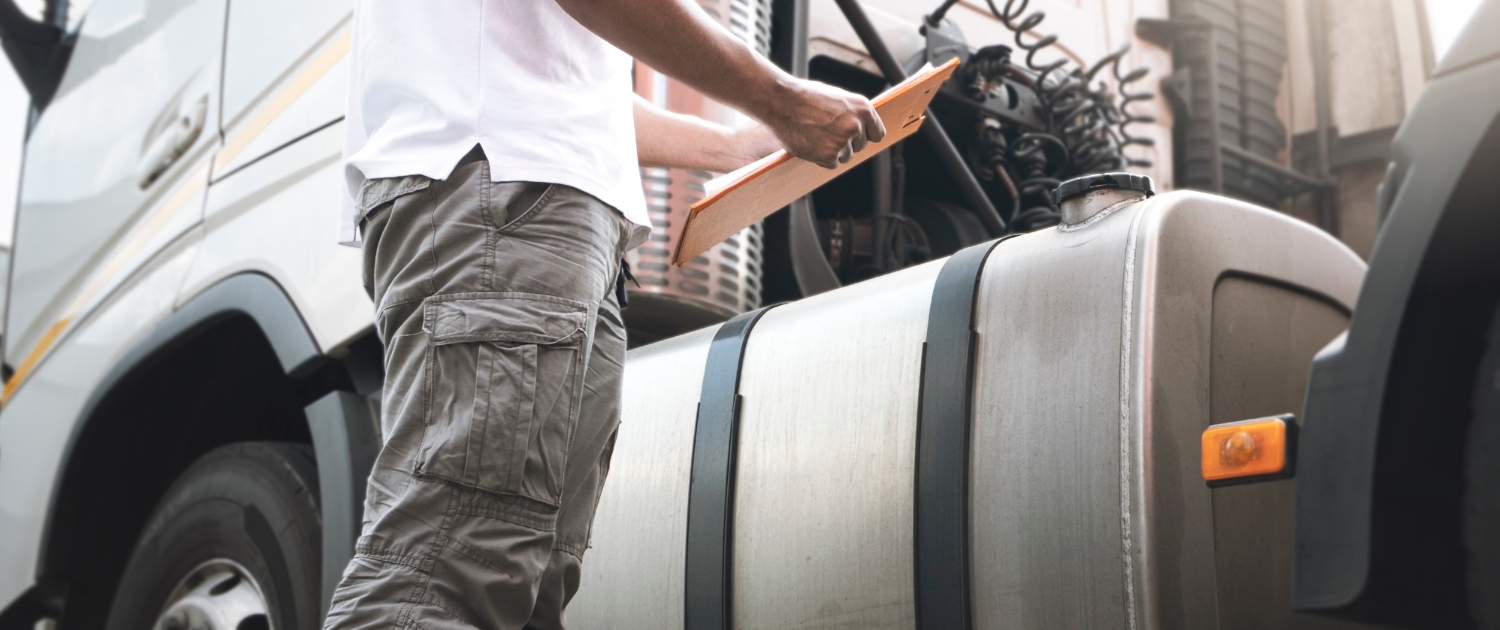
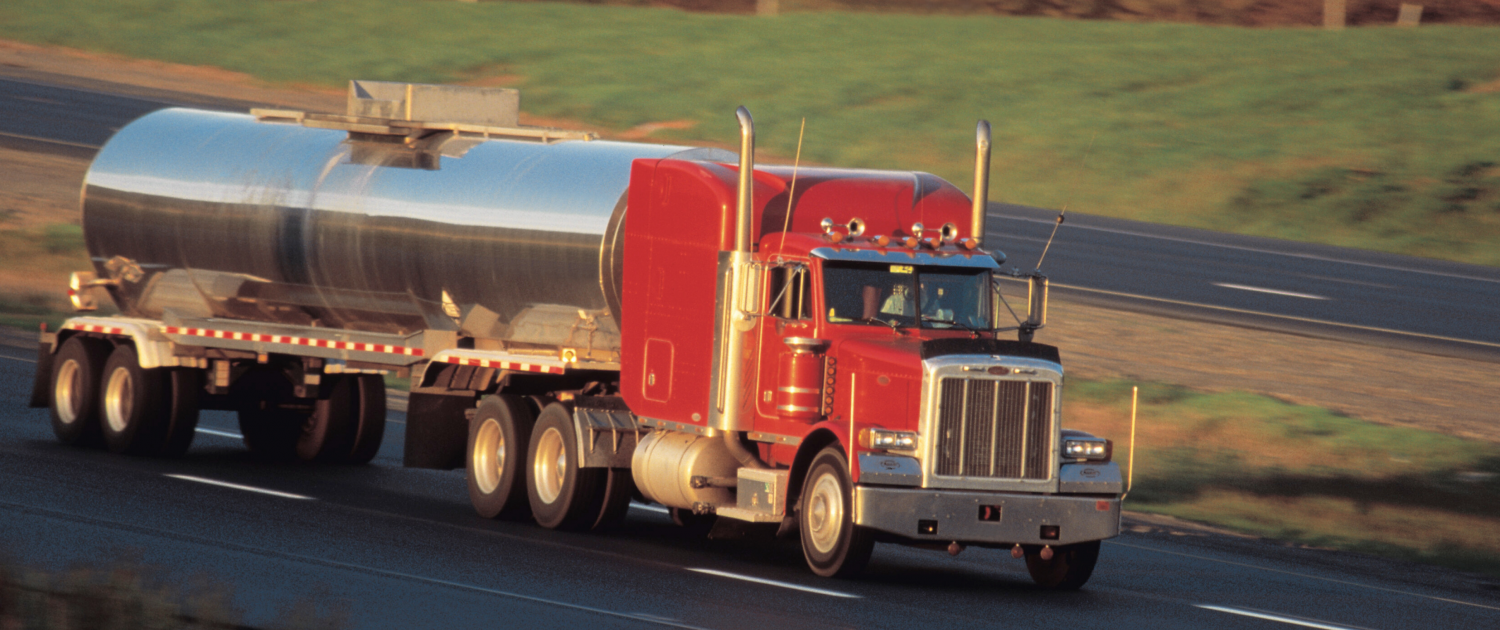


 Future employers are the most likely people to check your driving record. Any time you apply for a new job, you can put money on the fact that they’re checking your MVR and PSP. If you have too many violations on file, a company with a high CSA score might consider you too risky to bring on because they can’t afford more incidents. At the same time, a company with really low CSA scores might also say no because they want to keep their scores as strong as possible.
Future employers are the most likely people to check your driving record. Any time you apply for a new job, you can put money on the fact that they’re checking your MVR and PSP. If you have too many violations on file, a company with a high CSA score might consider you too risky to bring on because they can’t afford more incidents. At the same time, a company with really low CSA scores might also say no because they want to keep their scores as strong as possible. 


 Yes, there are two different tanker endorsements. The “N” endorsement allows drivers to haul a tank trailer. The “X” endorsement also allows a driver to haul a tank trailer with HAZMAT material inside. This means that the “X” endorsement is really just a combination of the “N” and “H” (HAZMAT) endorsements.
Yes, there are two different tanker endorsements. The “N” endorsement allows drivers to haul a tank trailer. The “X” endorsement also allows a driver to haul a tank trailer with HAZMAT material inside. This means that the “X” endorsement is really just a combination of the “N” and “H” (HAZMAT) endorsements. As of right now, all that’s needed to secure an “N” endorsement is to take an additional written knowledge test. This can be done at a testing location in your state. Visit your state’s DMV/BMV for more information on where to test and what information
As of right now, all that’s needed to secure an “N” endorsement is to take an additional written knowledge test. This can be done at a testing location in your state. Visit your state’s DMV/BMV for more information on where to test and what information  More Opportunities
More Opportunities Some truck drivers love being on an empty highway at night, while others prefer to do their hauling during the daytime. No matter which you prefer, most truck drivers will put in their fair share of night driving at some point in their career.
Some truck drivers love being on an empty highway at night, while others prefer to do their hauling during the daytime. No matter which you prefer, most truck drivers will put in their fair share of night driving at some point in their career. 
 At night, there are fewer people around, and you’re more likely to run into
At night, there are fewer people around, and you’re more likely to run into  Glare can be a big problem for night truck driving. Luckily, a little glass cleaner and elbow grease usually does the trick.
Glare can be a big problem for night truck driving. Luckily, a little glass cleaner and elbow grease usually does the trick. 
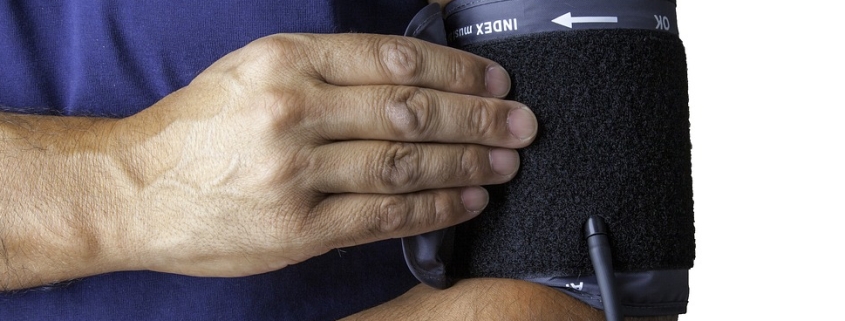
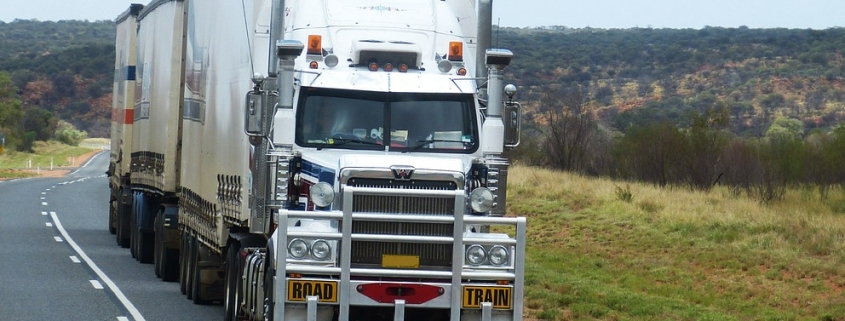

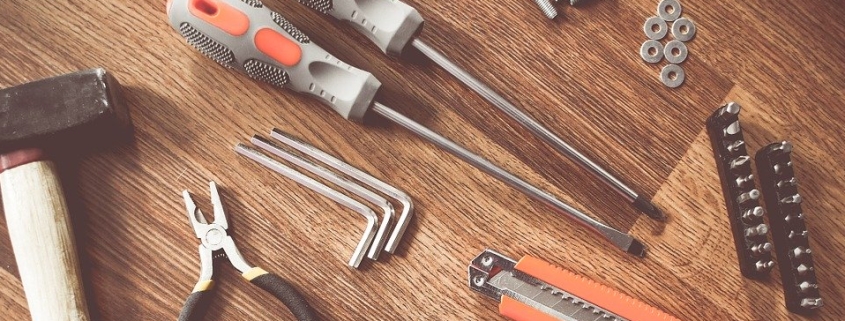
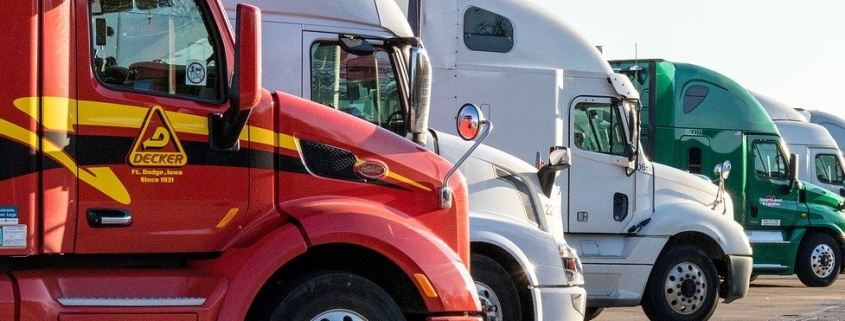

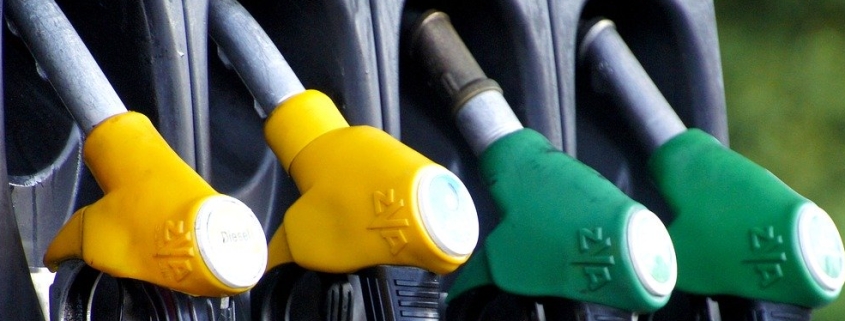


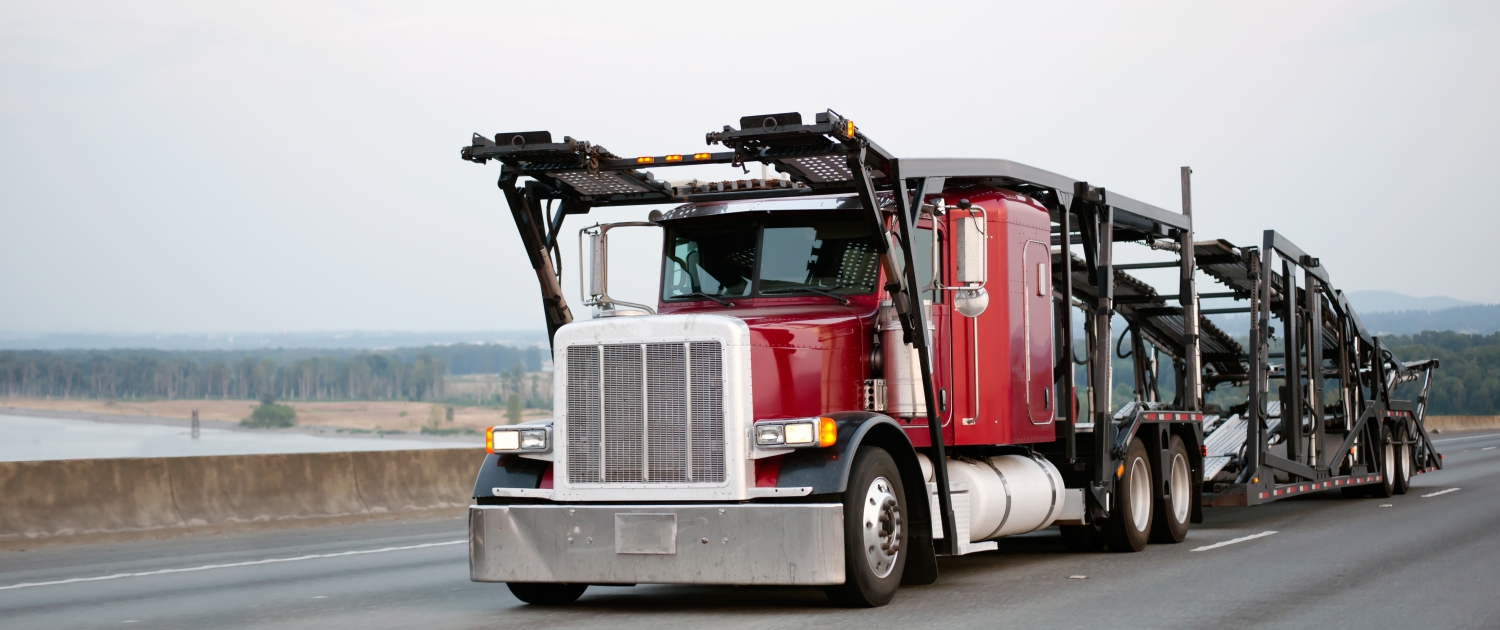
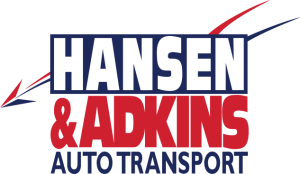 We were about to talk with Robert Sitarski, Customer Service and Dealer Relations Supervisor with Drive My Way client, Hansen & Adkins. Robert has years of experience as a car hauler and shared his thoughts and advice for drivers considering this field.
We were about to talk with Robert Sitarski, Customer Service and Dealer Relations Supervisor with Drive My Way client, Hansen & Adkins. Robert has years of experience as a car hauler and shared his thoughts and advice for drivers considering this field. 
